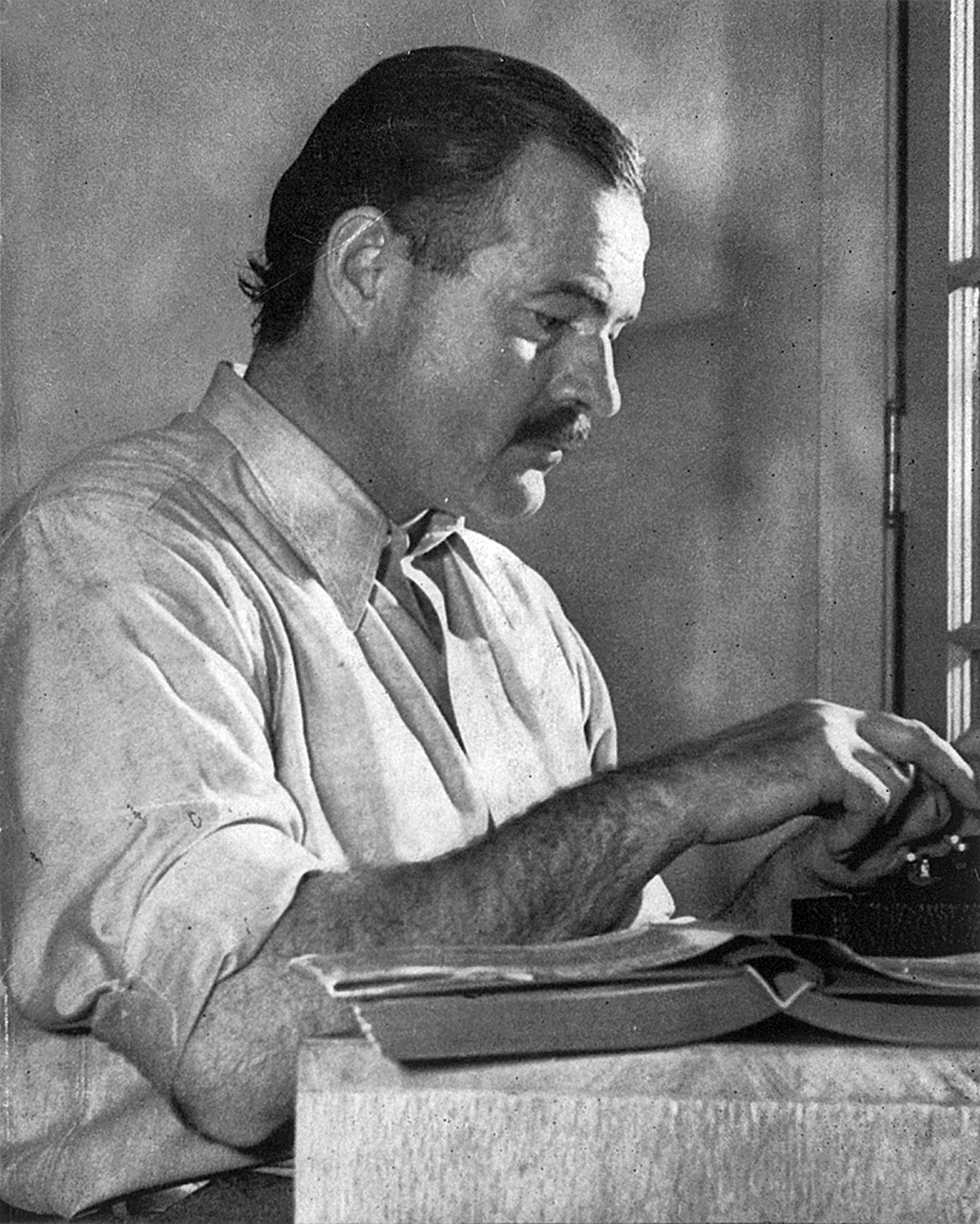Click on the headline to link to a "Wikipedia" entry for the great American writer, Ernest Hemingway.
BOOK REVIEW
A Moveable Feast, Ernest Hemingway, Vintage-New Edition, New York, 2000
This book, published after the death by suicide of Ernest Hemingway in 1961, but written in 1960 is a little gold mine of insights about the personalities and places that made Paris in the 1920's the home of the post World War I "lost generation". Hemingway notes that these memoirs can be treated as fiction but that one can still gain some insight even through approached through that lens. Certainly the writing is as sparse and well turned as any of his short stories, including the characteristic last sentence or two of each section structured to sharply give the point he was trying to get across in the story.
Of course Hemingway was young , newly married, and fairly poor in this Paris but apparently his reputation was such that all the great American and British expatriates crossed his path (or he theirs). Gertrude Stein (and Alice B.) get a nod. As does Ford Maddox Ford, T.S. Eliot, James Joyce, Ezra Pound and a smaller group of secondary writers and poets. Hell, I believe after this exposition that you had to have been in Paris at that time if you wanted to fertilize your work.
A special note should be taken of the sections dealing with his relationship with Scott Fitzgerald. From Hemingway's perspective Fitzgerald was a very difficult man but one whom he tried to befriend. And of course there, as always, was the Zelda problem. If you want to understand the inner strain of Fitzgerald's Tender is The Night read Hemingway's tidbits. At some level Hemingway was trying to `save' Fitzgerald as a writer but as we know that was not to be. Read here and then go out and read other books on the "lost generation". Some of it will make more sense then.

Someone just reminded me that this Broadway columnist character played by Burt Lancaster was, at least partially, modelled on the real New York columnist Walter Winchell. If that is true then that he was even more scary than that columnist portrayed in the movie and underscores the power that such media figures have because Winchell was a well-known red-baiting in the latter part of his career in the 1950's.
ReplyDeleteCompare that picture of Winchell with the earlier take, as the smitten romantic news hawk, that Damon Runyon portrayed him as in the 1930's with his Guys and Dolls stories. Politically it is the red-baiting Winchell and his progeny at Fox Channel and elsewhere that we have to be aware of.
Oops- This comment should go with the next blog on the review of Sweet Smell of Success. Markin
ReplyDeleteDoes anyone have any information about Gertrude Stein and Alice B. Toklias in Paris in the 1920's? Hemingway brings up some information but I have not found much other information for the period. There is more intriguing (and disconcerting)information about them in the late 1930's and the onset of the Vichy period.
ReplyDeleteAccording to those sources Stein was visited by all the literary lions and lionesses in the 1920's but most vistors did not stay long. Personality problems they say. Is that true?